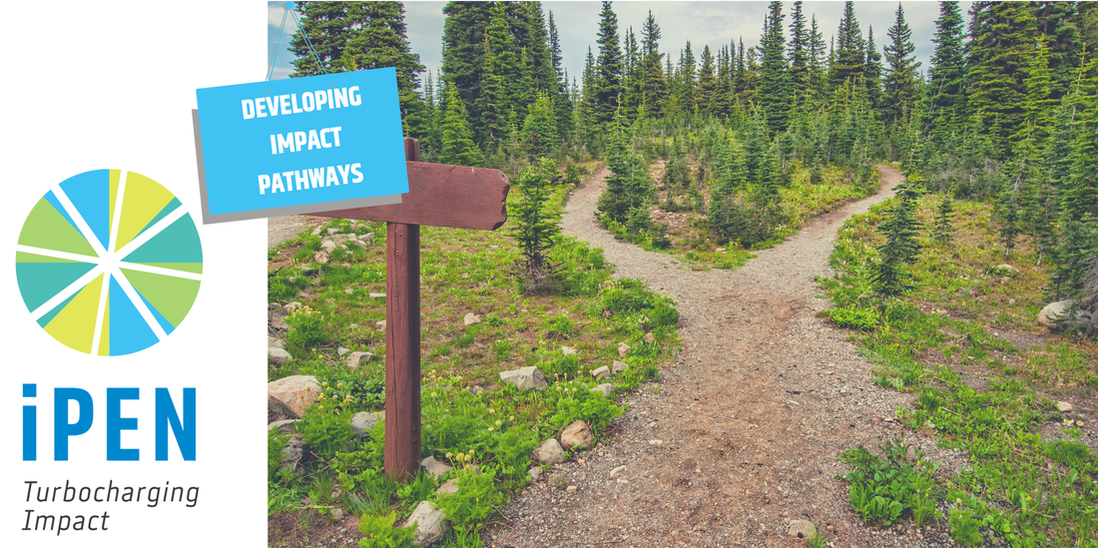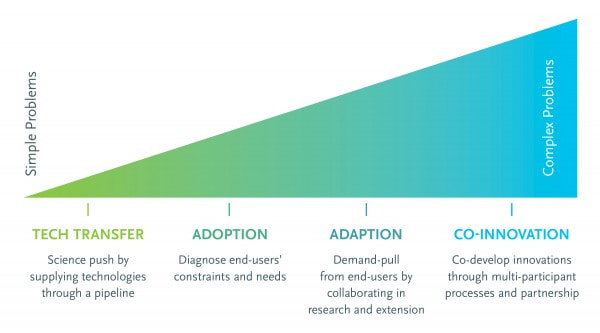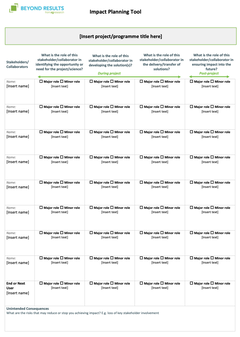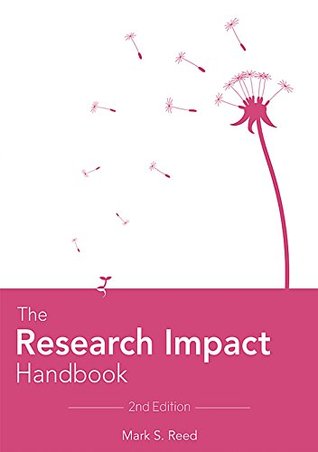Apply the principles of co-innovation along with your programme logic to identify and engage with stakeholders to optimise impact.
Congratulations you've got funding! Developing your impact pathways is all about more explicitly planning how you will actually deliver impact from your research, once you know it is going ahead. This means focusing on how your research outputs will support the achievement of key outcomes, that lead to impacts.
Takeaway messages
Impact pathways is all about getting specific and clear about who you need to partner with, when, and how.
- We don't always know all the pathways to impact that might be available. Talk to your stakeholders, use your CRIs' partnerships and engagement teams, and others who have connections to the sectors, communities, or businesses and organisations you might need to link up with to explore this.
- If you've completed a programme logic (and even better involve at least some of your stakeholders in this process) getting more specific about how impact can be delivered will be easier to identity and then plan for.
- You'll need to keep updating your impact plan. As your research progresses things inevitably change, which is likely to include some of your impact pathways. By regularly reviewing these (and checking on any critical assumptions you might be making) you can make sure you stay on track.
Resources and tools
|
These resources draw heaving on AgResearch's Beyond Results guidance, where they have actively used co-innovation as an approach to support better Adoption and Practice Change.
We strongly encourage you to click around their website, watch their videos on co-innovation. Make sure you hover over the Primary innovation and Success Principles menus for links to some of the most relevant content on co-innovation, including links to useful videos and . |
|
The key tool we are using for this module is the Beyond Results Impact Planning Tool in conjunction with programme logics.
While you should have considered much of this when you were developing your plan and/or proposal (following the kinds of approaches outlined in the Beyond Results guide to co-innovation), now is the time to consider in more concrete terms how you will deliver your impact, and with whom you need to work with to achieve this. In making sense of impact we stress that research impact is a collective endeavour, and this module is where we translate this concept into action. |
|
Mark Reed's website (Fast Track Impact) has a range of related tools that support impact and research planning, relevant to both this module, and others.
On this page you'll find links and instructions for several tools that will help you think about who you need to involve, and guidelines on how to do this well (hint - do this from the start).
It includes guidance on how to conduct a stakeholder analysis, and how to go about this as part of developing your theory of change / programme logic. This short resource (from the University of Glasgow) condenses much of this content into a 4 page 'brief' that you also might find helpful. |
Interested in more?
Check out our impact resources and impact news pages, sign up to networks or professional organisations we've listed here, or subscribe to updates from iPEN.
Check out our impact resources and impact news pages, sign up to networks or professional organisations we've listed here, or subscribe to updates from iPEN.
Don't forget to check our impact glossary to demystify any terminology used.





